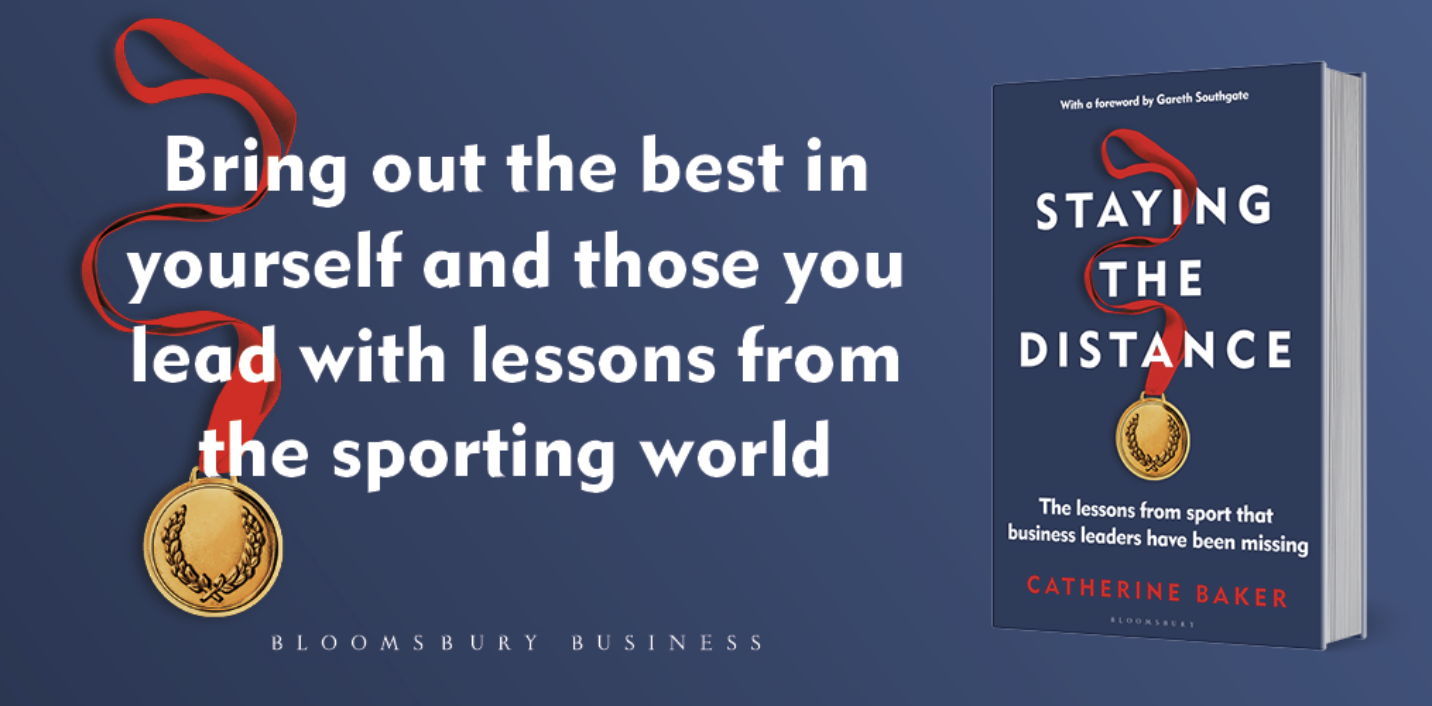


The following are excerpts, quotes and summaries from the ‘Expert Report’ created by Donna A. Lopiano PH.D, which has been created to independently look at all of the evidence provided in the case of: Shannon Miller, Jen Banford and Annette Wiles v The board of Regents of The University of Minnesota
All of the content in our summaries have been pulled directly from the report and are in no way opinions, conclusions or comments of the FCN. We have simply provided our audience with a concise and shorter version of the report written by Donna A. Lopiano PH.D in the hope of raising awareness of the case.
There are 8 questions in which Donna A. Lopiano PH.D has been asked to present her findings, and over the coming few days, we will be publishing each individually for you to read. The full 124 page report which is a public document will be available on the FCN website for all to read further.
The FCN would like to offer its full support of Shannon Miller, Jennifer Banford and Annette Wiles. Discrimination of any coach based on their gender, sexual orientation, race or any other factor is abhorrent and we stand by those that speak out against it. We have decided to release content from this report with the aim of raising awareness of such discrimination and to inspire other coaches who may be going through similar incidents to speak the truth.
#SupportShannon
Provide a historical background and explanation for the continuing failure of college and university athletic programs to afford female athletes equal participation, financial aid, treatment and benefits compared to that afforded their male student-athlete counterparts and how this gender discrimination against female athletes relates to how and why athletic programs discriminate against female coaches.
Over 12 pages, Donna A. Lopiano PHD details the history of Title IX, the aim of the law, the reality of the law and how the law plays out in athletics in colleges and Universities. Through careful analysis of a number of studies and research papers (such as the ‘Equity in Athletics Disclosure Act 2014-2015, ‘Beyond X’s and O’s: Gender Bias and Coaches of Women’s Sports’), evidence of a drop in the number of female coaches, the pay gaps between male and female coaches and the existence of ‘covert mechanisms’ which are used to ‘treat female athletes and female coaches in lesser ways than their male counterparts’ are discussed. This explanation of Title IX provides a back drop that although a law exists to ensure that discrimination is eradicated in athletics in the US, in reality, it still exists in abundance…
i) the drop in numbers of female coaches coaching women’s teams
Since the inception of Title IX in 1972, there has been a huge drop in the number of women coaching. Prior to 1972, 90% of all women’s teams were coached by women, now it is less than 40%. The following reasons are given for the huge drop:
- When Title IX came into play, the “vast majority of institutions instructed their mens’s athletic departments to administer women’s athletics. Only a handful of institutions established athletic departments for women separate from the men’s”. The separate programmes were lead by women and female staff were hired, but for the men’s departments administering women’s athletics were more likely to have male athletics directors and therefore predominantly male staff were hired.
- women were not hired to coach men’s teams, but men were hired to coach women’s teams
- funding of women’s sports compared to men’s sports – “Within the merged athletic department cultures, women’s sports and female coaches were not treated with the same priority or respect” as the men’s teams or male coaches. As a result, women’s sports have never been financially resourced the same as the men’s sports. The report goes on to epphsasis this treatment further by stating that “the NCAA’s Division I membership, failure to achieve gender equity was directly related to decades old arm races in football and men’s basketball” meaning that male athletic directors were unwilling to take funding away from these sports simply to achieve gender equality.
- homologous reproduction – this is a term used frequently in this document and refers to the practice of hiring individuals that match the physical attributes of the interviewee – in other words, you hire the people that best represent you. In the table below, the report depicts a table indicating the percentages of genders of Head Coaches and Assistant Coaches, compared to the genders of the Athletics Directors.



- The report states “males have demonstrated that they are more likely to hire males as head coaches and in the most highest paid and most powerful administrative positions.”
ii) discrimination of female coaches due to their sexuality
Continuing with the evaluation of the existence of discrimination in athletics in US institutes, the report states: “Female coaches may be in double jeopardy when leaders of athletic departments also engage in practices that discriminate based on the coach’s gender, sexual orientation or other protected categories”.
This is a clear point made, one that cannot be depicted by stats and figures, but it certainly can be when women such as Shannon, Jennifer and Annette bring their cases to court. The opening statement of the answer to part 1 of this report indicates this very clearly:
“Many people think that when civil rights laws like Title IX are passed by Congress, that the discrimination prohibited by these laws, gender, sexual orientation, age or national origin discrimination as in this case, stops. When these laws pass, they are fairly successful at stopping overt verbalization of discrimination, such as sexist talk, homophobic slurs and other grossly evident expressions of prejudice in public settings. Rightfully, people are more cautious about demonstrating such bigotry because they know it is against the law. But sexism, ageism, national origin discrimination and homophobia don’t disappear. Rather, discrimination becomes more artful and difficult to detect, especially in the cultural institutions of sport, the military and religion.”
iii) complaints procedures of discrimination / speaking up about inequality
Raising a voice in ‘protest of unequal treatment’ often leads to ‘fear of retribution’ and “female athletes believe they will be ostracised by coaches and teammates, or lose playing positions”, or be punished in some way. For coaches, the highlighting of such discriminations are “often forced to turn to courts” because the “institution refuses to act against its own best interest”. Bringing about federal or state lawsuits are typically seen as the ‘last resort’ and can be slow and expensive. The coach’s then also face similar consequences as their female athletes when filing a complaint.
In a 2016 national survey of 2,565 coaches, the following findings were explained:
– 80% of all athletics directors were male in 2014-2015 in NCAA institutions
– 31% of female coaches asked believed they would risk their job if they spoke up about Title IX
– LGBTQ female coaches felt most vulnerable with 34% stating they would risk their job if they spoke up about Title IX
– 65% of male and female coaches believed it was easier for male coaches to get to the top level of coaching jobs
– nearly 3 /4 believed male coaches had an easier time of negotiating salary increases
– 56% indicated that coaches of men’s teams had more influence with their athletic directors
– 80% of female coaches of female teams believed it was easier for men to get top coaching jobs
– 91% of female coaches believed it was easier for men to negotiate higher pay
– 40% of female coaches said they were discriminated against because of their gender
– 36% of female coaches agreed they job security was ‘tenuous’
iv) job security
The report goes on to explain there are “five circumstances that [I] have found are commonly used to justify renewal or termination of employment and lower compensation levels for female coaches that, on their face, appear appropriate but are actually commonly used to mask discriminatory treatment”:
1) student complaints about strong coaching pedagogy of female coaches
2) lack of team success
3) poor student- athlete academic achievement
4) failure to comply with NCAA rules
5) other concerns never raised prior to the decision to terminate
The report goes on to summarise findings in part one by stating that whilst Title IX and Civil Rights Laws exist, in order to identify people who are discriminating others due to gender, sex or “other protected categories”, “ we must look under the proverbial ‘hood’ to identify specific actions or behaviours over time that together, but their sheer volume, demonstrate consistently different and prejudiced treatment.”
Donna A. Lopiano PHD concludes this section by stating: “these data overwhelmingly support the existence in covert mechanisms that are used to treat female athletes and female coaches in lesser ways than their male counterparts.”
Please read pages 5 – 16 in the report for more detailed information about this topic. The report will be published in the next few days.
This sections provides the foundations for the rest of the report and allows us to understand the reality than many female athletes and coaches have to work under.
Part 2 will demonstrate how a University / institute normally deals with financial crisis, and explains the mistakes that UMD made in the non-renewal of Shannon Millers contract.
















